One of the most common frustrations that people have when it comes to sexuality is finding it hard to feel safe. If you don’t feel safe, you can’t open up or connect deeply with yourself or someone else.
One of the most profound and effective ways to learn to feel safe with someone is through what’s called Co-Regulation.
What Is Co-Regulation?
(The excerpt below is from the blog of psychologist Hayden Lindsay)
Co-regulation is the process whereby one nervous system calms another, producing a feedback loop that is soothing for both.
To understand co-regulation, think of how a mother calms a distressed infant through the use of gaze, touch, and a soothing voice. The child feels safe and secure even though he or she cannot understand the mother. These non-verbal safety cues are soothing for any nervous system, including adults’. Verbal de-escalation skills have received much attention in relationships of late; however, co-regulation primarily occurs body to body.
Physical co-regulation is foundational to the basic sense of safety in a relationship. This is why it is so important when we are experiencing attachment distress. This distress, or “primal panic,” is the hardwired fight, flight or freeze survival response we experience when our love relationships feel threatened. In these moments, our nervous systems are in overdrive, and we cannot reason our way out. Only a partner moving closer and offering reassurance will soothe us.
Why Co-regulate?
As adults, we are expected to self-regulate; that is, be in control of our thoughts, emotions, and physiologies and take corrective action when each expands beyond certain parameters. Particularly in romantic partnerships, we intuitively understand the importance of keeping our cool. Without this ability, relationships are at best rocky and unstable, and at worst volatile and even violent.
Self-regulation is certainly important, but it’s a bit of a myth, at least the way we often think of it. So far as I can tell, there is no such thing as “pure self-regulation.” The truth is that we learn to self-regulate to the extent we were co-regulated as children, and we continue to affect one another’s biologies throughout our lives. In fact, if our partner didn’t impact us at a physiological level, we wouldn’t feel attached to them. Intertwined physiologies is a defining feature of attachment relationships.
The question then becomes, “How are we affecting one another?”
Do we soothe one another?
Or do we pour fuel on the flames?
How Do We Co-Regulate?
Here is the list of common co-regulation behaviors that you can add to your repertoire:
Breathing Together
Listening to Music
Making and maintaining eye contact
Using a soothing voice
Audibly sighing in relief
Light touch
Putting an arm around your friend or partner
Massage
In order to best implement these co-regulatory behaviors, follow these three steps:
Notice – Stop what you’re doing. Become aware of your own body. Notice how distressed you feel and how it is affecting the way you approach your partner.
Pause — Pausing allows for slower, more deliberate decision-making. Take a short pause, close your eyes, and breathe. It is perfectly fine for your partner to look at you like you’re crazy.
Engage Physically — Make the deliberate effort to move toward your partner and engage them physically with a touch, embrace, or eye contact if that is all that can be tolerated. Your goal here is not to “fix” anything, but to increase the felt sense of safety.
Benefits of Frequent Co-regulation
There are times, when our nervous system goes into overdrive, that we actually are in danger. These fight, flight, or freeze responses are adaptive.
But the vast majority of the time the warning bells go off unnecessarily. Our otherwise adaptive responses pump our relationships full of anxiety and become self-defeating. Particularly when a haze has set in on our interactions and we begin viewing our partners more negatively, our alarm systems are on a hair trigger.
Each act of co-regulation helps the brain correct false alarms.
Co-regulation is the way we help each other heal.
I am grateful to Joseph Kramer for introducing me to Resonant Breathing (see the clip below) and for the technique of raising and lowering the hand with the in-breath and out-breath, as a way to teach breathing together online. - Peter Banki
Resonance Frequency Breathing






